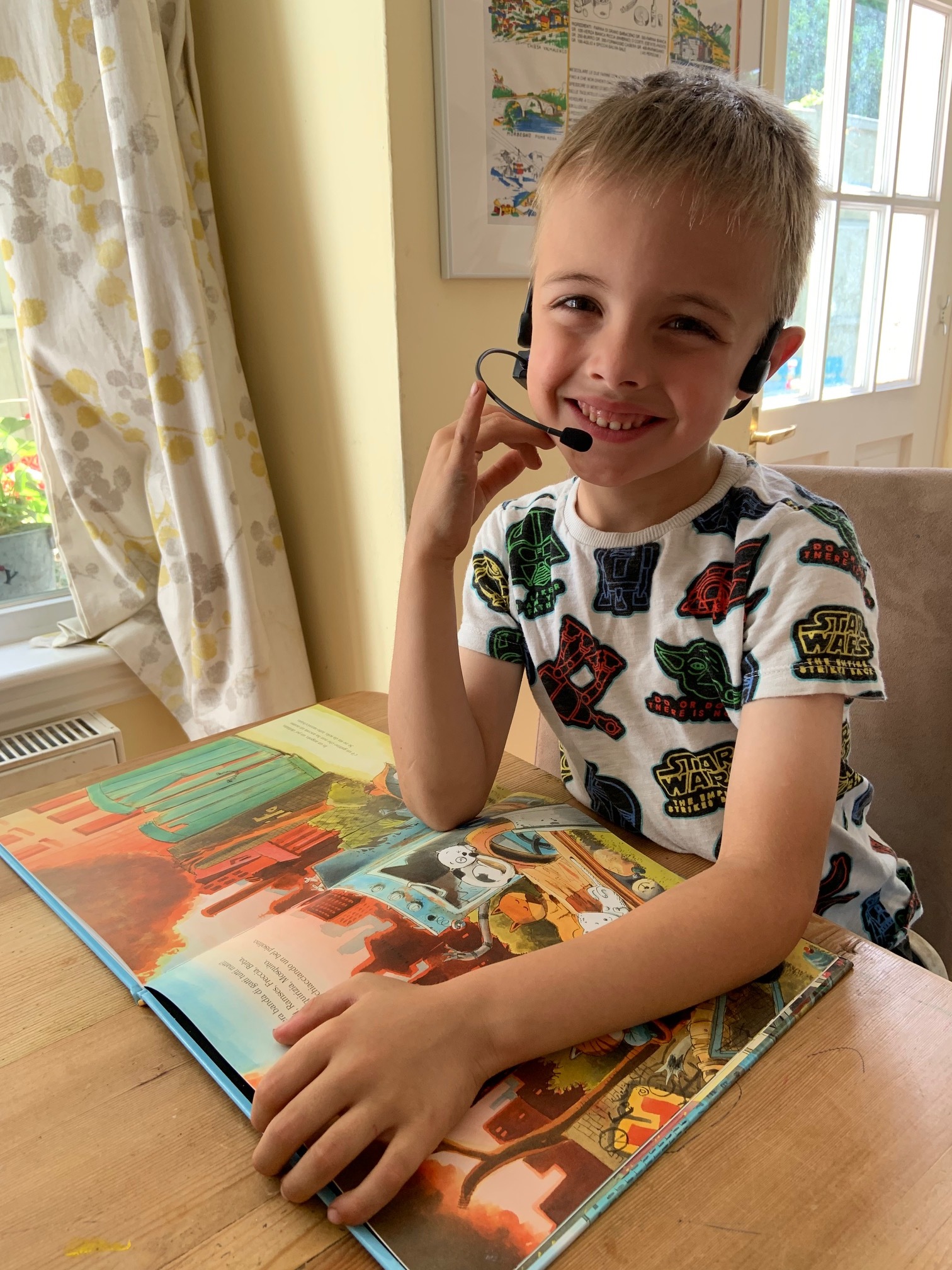Help your child learn phonics more easily and make it fun [ad]
/As a parent I know there is nothing we all want more than to support our child to reach the best of their potential.
Sometimes this is a challenge and having been through the first few years of school with mine, I definitely feel the difference in how I was taught and the pain of bridging that gap so I am helping my child in the manner they are taught now.
With speech development, language acquisition and the number of words spoken by age two. There are lots of milestones for us parents to navigate and then suddenly just after their fourth birthday (In the UK) children are introduced to phonics.
So how do you help your child learn these, pronounce them properly and react quickly when really they are still quite young? If your children are a bit older how do you support them with further language acquisition such as spelling tests and writing essays in English. Or once they start modern foreign languages in Year 3 (age 7/8 years old).
What if your child has a learning difficulty or just doesn’t feel confident in reading and speaking? I really feel children who are comfortable and happy with their ability and recognised for their efforts have less anxiety about school subjects and perform better. So what tools are out there to help us reach this goal?
I recently discovered a new product called Forbrain used to assist both adults and children with speech and pronunciation . However what has really fascinated me about it is the potential use for kids with both their native languages (in early years settings) and acquisition of new ones.
CREDIT: Unsplash
What is Forbrain?
Forbrain is a set of headphones which uses high frequency vibrations in your voice to help the user produce their own improved sound.
It has an electronic filter which blocks out environmental noise which amplifies the user’s voice enhancing their ability to feel and hear their sounds and where errors may be. The user can then correct themselves and commit that learnt structure to memory.
Forbrain also enhances long vowels and other sounds critical to the construction of language.
The resulting sound is delivered through the bones in your temples, not the ears straight to the nervous system and brain. It’s completely painless.
When we emit a sound, our vocal cords vibrate. This vibration is transmitted primarily via bone conduction and secondarily by air conduction through the eardrum. That’s why, when we cover our ears, we can hear our own voices without any difficulty.
CREDIT: Forbrain
Improvement in phonics learning
So how can this improve a child’s learning of new words?
Through a combination of sounds we listen to and vibrations through our temples the user has a better perception of sounds, and unconsciously significantly improves the quality and rhythm of their own voice.
Many parents are already finding their children’s tone of voice is clearer, the quality of their speech has improved and with it their ability to listen carefully and communicate.
Due to children using voice exercises and rehearsing the improved sounds these make, they are training their brain to remember these new words and pronunciations. Listening, speaking and repetition are great for building connections that solidify these memories.
Motivation and Self-confidence
As Forbrain provides such as sensory workout and minimises any outside disturbances, it has been found to have a very calming effect on the user.
Children quickly delight in hearing themselves and the progress they are making. This gives them a feeling of satisfaction and achievement. Driving their motivation and improving self-esteem.
Language learning
Obviously It was too tempting not to put Forbrain to the test when it came to foreign language learning.
My children are 7 and 4 years old. They have been raised bilingually from birth with Italian and English. However despite being fluent in their vocabulary for their ages there are still words they sometimes struggle with.
This tends to happen where they find one word easier in one language than another and have developed a habit of always using this. Or where for that particular word they translate from one language to another and though it is a real Italian word the use is incorrect.
I thought it would be interesting to go over some of these problems and see if with the use of the headphones their Italian language improved.
We gathered together a selection of their favorite Italian stories and they led the way with reading these aloud.
I also created a role play situation where I asked my son and daughter questions which led to the words being targeted.
To my surprise after just 3 days of trying this they are using the incorrect words very rarely. It’s actually only happened once since. I’m hoping this has cemented the rule for the pronunciation of these finally after much work from my Husband repeating Italian phrases!
My son remarked that he found reading easier and wanted to carry on for much longer than he would normally, without any encouragement from me.
Our experience of using Forbrain has been a positive surprise. Who would have thought such a simple device can do so much for both adults and children in their own languages and others. That it can support children with learning difficulties and build confidence .
Forbrain is a fascinating product. It gives hope that there are new and innovative ways to assist our learning being discovered and we should all be making use of them.
Website: https://www.forbrain.com/
Facebook: https://www.facebook.com/forbrainLTD


























